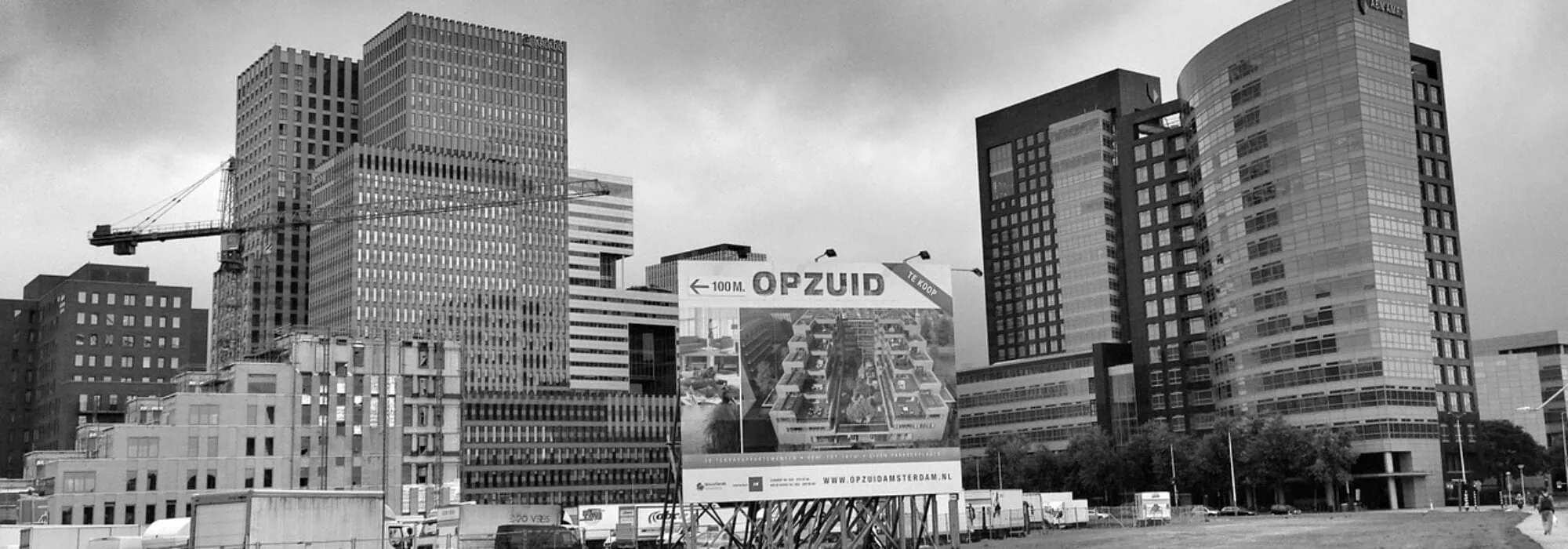
Urban areas are rapidly transforming. This is particularly true in the Netherlands where residential development is continuing to claim agricultural land alongside with transforming vacant industrial buildings or filling under-used sites. Future developments are the topic of heated debates and especially the potential of urban transformations to accommodate the projected growth in housing stock is questioned. This Surf-pop up research by Jip Claassens and Eric Koomen analyses the spatial feasibility of further intensification by empirically analysing past densification trends.
Following a review of recent literature on urban development the authors distinguish three main processes:
- densification; addition of residences to existing residential neighbourhoods;
- transformation; residential development in (former) greyfields or brownfields; and
- greenfield development; addition of new residences to sports fields, allotment gardens, agricultural fields etc.
For this research highly detailed cadastral information is used that describes the location, age and function of all individual buildings in the country. Based on this large data set, a detailed gridded representation of the number of residences in 100×100 metre neighbourhoods in 2012 and 2017 is created. This time series is complemented with a data set from the Dutch Statistical Bureau (CBS) that contains the number of residences for identical grid dating back to 2000. The combination of these data sets allow the characterization of residential development in high spatial detail for three consecutive periods: 2000-2005; 2006-2011; and 2012-2017. Residential development is thus described as a grid-cell based increases in number of residences.To understand to which of the three main development processes sketched above the observed increases belong, a land-use map is applied for the year 2000 from the Dutch Statistical Bureau (CBS). Based on this map, the authors are able to infer the initial land use at the locations of development. In a final step, the researchers separate the observed developments between those within the existing contiguous urban area contours and those outside these contours. The former developments contribute to further intensification of initial urban areas, whereas the latter can be considered as urban extensions in formerly non-urban areas. A more extensive description of this research (in Dutch) was published earlier this year in ROmagazine.
The results of this research indicate that just over half of the total net increase of around 1 million residences in the past 17 years took place within the existing urban fabric. Only a small proportion of the total increase (5.5%) was placed on former green areas within cities, whereas densification of existing residential areas and transformation accommodated 25% and 21% of the increase respectively. Especially the share of inner-urban transformation is increasing in the studied period. The results suggest that there is still substantial scope for further intensification in the coming decades when another million or so new residences have to be constructed. In subsequent research, the authors will simulate potential future residential development based on these empirical results.
December, 2017